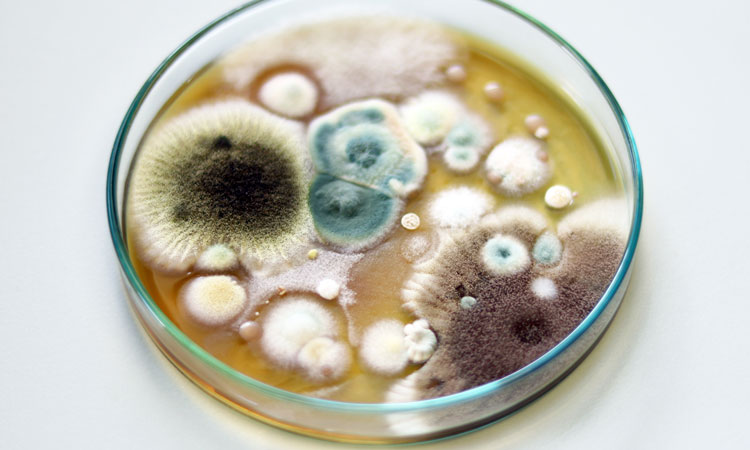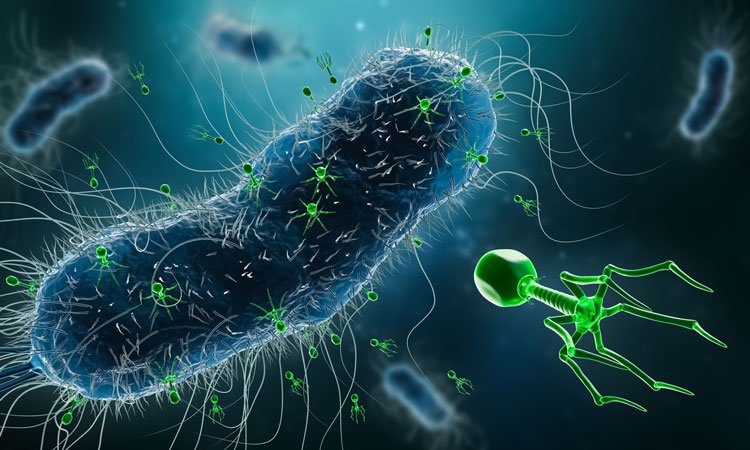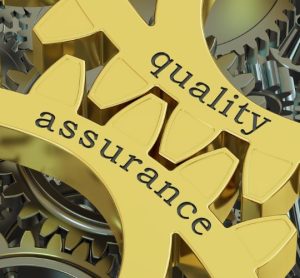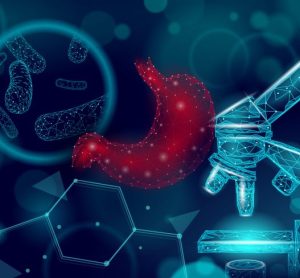Re-engineering proteins to develop novel immunotherapies
Jessicca Rege of Alkermes provides insights into how protein engineering approaches have led to the development of novel therapies that harness the immune system’s capabilities to fight cancer.


































